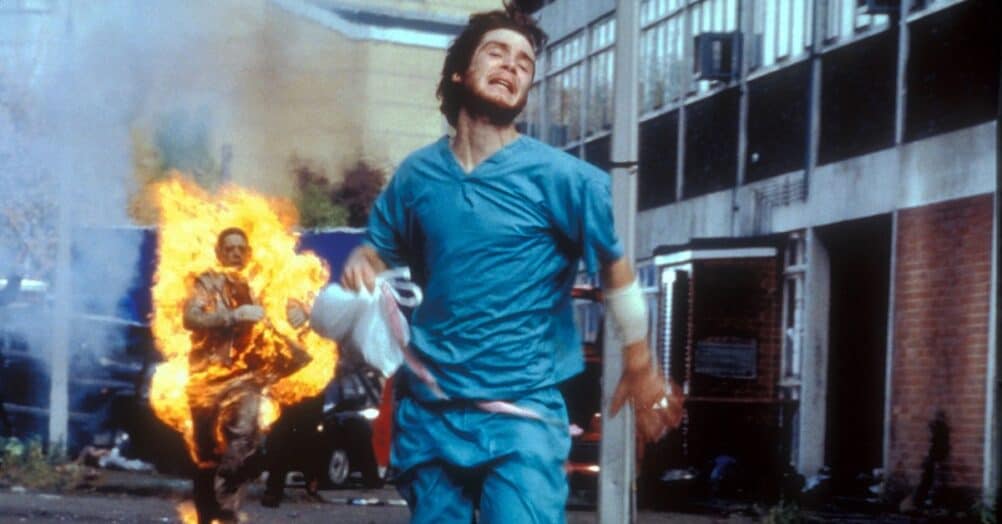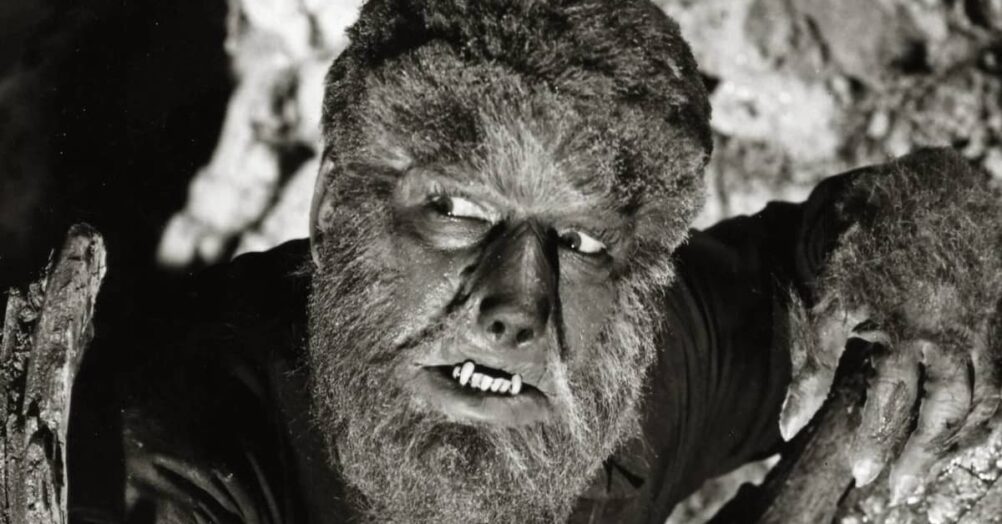Last Updated on August 2, 2021

The story of a man crippled by the mundanity of his life and finally experiencing something out of the ordinary may not seem like ripe material for a stop-motion animated film, but leave it up to Charlie Kaufman to do exactly that. Not only that, but the man has the good sense to recognize where his work ends and the animators' work begins. Kaufman recently wrote the following letter to his collaborators on ANOMALISA, and for those who yearn for a sense of tangibility in today's cinema, you should find all the inspiration here and then some.
Animation is an in-depth, moment-by-moment exploration of space and time, of motion, both conscious and unconscious, of gravity, of weather, of material, of action and reaction. It asks, how does a leaf falling differ from a person falling? It looks at what I do with my hands when I'm worried, how I hold my shoulders while I'm waiting, where my eyes look when I'm sad. It asks, how do I position myself in relation to someone I love. Animators are observers and psychologists. They are actors inhabiting characters from the outside. They are physicists and engineers, first studying how things move in the real world, then figuring out how to represent that in an artificial one. How does a football bounce when it hits the ground? How does snow fall on a windy day? When you rub your eye, how long does it take to reposition itself properly in its socket? That’s one we explore in Anomalisa.
The thing I especially love about stop motion animation is that it has to figure out how to accomplish all this simulation in real space and actual time. A shirt has to be suspended in multiple positions in space as it is tossed toward a bed. How does it tumble as it's tossed? All the different types of animators need to understand that trajectory, but only stop motion animators have to make it tumble in a real, albeit tiny room onto a real, albeit tiny bed. It has to be lit with real, albeit tiny lights. If the object tossed onto the bed is heavy enough—a suitcase, a person, for example—the bed has to react to the weight. Maybe the object has to bounce a little after it lands. How would it bounce? Straight up and down? Off at an angle? The animator must know. All this action has to be broken down into still photos, 24 of them for a second of screen time. Being involved in Anomalisa has made me more observant and more thoughtful about movement. I watch people walk and ask myself what it says about them. I watch myself fidget and ask the same questions. I notice gestures. I pay attention to the crazy movement of leaves in the breeze on the tree outside my window. I try to understand how those seemingly haphazard movements might be simplified but effectively represented. I realize we're all moving constantly, in relation to others, unconsciously revealing our secrets, our fears, our attractions and repulsions, consciously trying to hide them, protect ourselves, make ourselves less obvious, less vulnerable.
Stop motion is an old fashioned, maybe even antiquated method of animation. And I love that about it, as well. I love that it is done by hand and that the “fingerprints” of the animators remains present in the finished film. You can see their presence in the slight chatter of clothing and hair, in the occasional awkwardness of a silicone body resisting being moved into a certain position. These are the flaws that make stop motion sing.
Lewis Hyde wrote a poem entitled “This Error is the Sign of Love” that resonates greatly with me. It begins:
This error is the sign of love,
the crack in the ice where the otters breathe,
the tear that saves a man from power,
the puff of smoke blown down the chimney one morning, and the widower sighs and gives up his loneliness,
the lines transposed in the will so the widow must scatter coins from the cliff instead of ashes and she marries again, for love,
the speechlessness of lovers that forces them to leave it alone while it sends up its first pale shoot like an onion sprouting in the pantry,
this error is the sign of love.As we move into an increasingly virtual society, I find solace and comfort in the hands-on, human imperfection of the stop motion process. It is to me both heartbreaking and beautiful. The imperfections of the humans who create these works make it so. And, oddly perhaps, because of this, these puppets make me feel more connected to those sweet aspects of us as human beings
JimmyO praised this film up and down (check out the review here), so if you're looking for a movie with some real heart, it may be worth checking your local theaters to see if they have this one playing. As for everyone else, hopefully a Blu-ray release won't be too far off.
ANOMALISA is now playing in select theaters.



















Follow the JOBLO MOVIE NETWORK
Follow us on YOUTUBE
Follow ARROW IN THE HEAD
Follow AITH on YOUTUBE